Description
Harness Triple Hormonal Action for Advanced Research in Weight Loss and Metabolic Health
Retatrutide is a groundbreaking investigational peptide that’s redefining the frontier of metabolic research. Known as a triple agonist, Retatrutide targets three critical hormonal pathways—GLP-1, GIP, and glucagon receptors—offering a multifaceted approach to weight management, glucose regulation, and overall metabolic wellness.
What is Retatrutide?
Retatrutide is a novel synthetic peptide designed to simultaneously activate the receptors for GLP-1 (glucagon-like peptide-1), GIP (glucose-dependent insulinotropic polypeptide), and glucagon. This triple agonism is at the heart of its powerful metabolic effects, making Retatrutide a subject of intense interest in both academic and pharmaceutical research settings.
How Does Retatrutide Work?
- GLP-1 Receptor Activation: Enhances insulin secretion, suppresses appetite, and slows gastric emptying, contributing to improved blood sugar control and reduced caloric intake.
- GIP Receptor Activation: Further boosts insulin response post-meal and may complement the effects of GLP-1 on appetite and metabolism.
- Glucagon Receptor Activation: Increases energy expenditure and promotes fat oxidation, helping to mobilize stored energy and support body composition goals.
By engaging these three pathways, Retatrutide mimics and amplifies the body’s natural hormonal responses to food intake and energy balance, offering a comprehensive tool for metabolic research.
Key Research Highlights
- Unprecedented Weight Loss: Early clinical studies suggest Retatrutide may produce greater weight loss than single or dual agonists, with significant reductions in body fat and preservation of lean muscle mass.
- Enhanced Glycemic Control: Improved blood glucose regulation, making it a promising candidate for research in diabetes and metabolic syndrome.
- Metabolic Flexibility: Supports the body’s ability to efficiently switch between burning carbohydrates and fats, a hallmark of metabolic health.
- Potential Cardiometabolic Benefits: Ongoing studies are evaluating its impact on cholesterol, blood pressure, and other markers of cardiovascular health.
Product Specifications
- Compound: Retatrutide (Research-Grade Peptide)
- Form: Lyophilized powder for reconstitution (customizable formats available)
- Purity: ≥99% (verified by third-party laboratory analysis)
- Packaging: Light-resistant, airtight vials to preserve stability and potency
- Testing: Each batch is independently screened for purity, heavy metals, and contaminants. COA available upon request.
Intended Use
Retatrutide from PHX Labs is provided strictly for laboratory research and development purposes. It is not intended for human or veterinary use. All product batches are accompanied by rigorous quality control documentation to support your research with confidence.
Why Choose PHX Labs?
We’re committed to supporting your scientific journey with the purest, most reliable research compounds. Our founder’s story—driven by a passion for healing and evidence-based wellness—fuels our dedication to quality, transparency, and innovation.
We’re committed to supporting your scientific journey with the purest, most reliable research compounds. Our founder’s story—driven by a passion for healing and evidence-based wellness—fuels our dedication to quality, transparency, and innovation.
Disclaimer: This product is for research use only. Not for human consumption. These statements have not been evaluated by the FDA.
Reviews (0)
Only logged in customers who have purchased this product may leave a review.
Peptide Reconstitution
Step-by-Step Reconstitution Process:
Preparation:
- Wash your hands thoroughly and sanitize your workspace.
- Gather all necessary supplies before starting the reconstitution process.
Sanitize:
- Use an alcohol swab to clean the rubber stopper on the peptide vial and the bacteriostatic or sterile water vial.
Draw the Diluent:
- Using a syringe, draw the required amount of bacteriostatic or sterile water. For most peptides, this is between 1-2 ml, depending on personal preference for dosing precision.
Inject the Diluent:
- Insert the needle into the peptide vial at an angle to avoid creating bubbles.
- Slowly inject the water into the vial, allowing it to run down the side of the vial. This helps minimize foaming and ensures the peptide dissolves evenly.
Dissolve the Peptide:
- Gently swirl the vial to mix the peptide with the water. Do not shake the vial, as this can damage the peptide structure.
Storage:
- Store the reconstituted peptide in the refrigerator. Most peptides remain stable for several weeks when refrigerated.
- Label the vial with the date of reconstitution for tracking purposes.
General Supplies Needed:
- Peptide Vial: Ensure the Insulin Syringe 1ml vial is sealed and stored properly before use.
- Bacteriostatic Water or Sterile Water: Typically used for reconstitution, depending on the peptide.
- Alcohol Swabs: For sanitizing the vial tops and injection sites.
- Syringe and Needle: Typically a 1 ml syringe with a 29-31 gauge needle.
- Insulin Syringe: For precise dosing after reconstitution.
Tips for Accurate Dosing:
- Measurement: Use an insulin syringe for precise dosing. Know the concentration of your peptide solution (e.g., if 10 mg of peptide is reconstituted with 2 ml of water, each 0.1 ml contains 500 mcg).
- Injection Method: Choose between subcutaneous (SubQ) or intramuscular (IM) administration based on your goals and comfort level.
Safety and Consultation:
- Consultation: Always consult with a healthcare provider before starting peptide therapy.
- Hygiene: Maintain strict hygiene throughout the process to prevent contamination and infection.

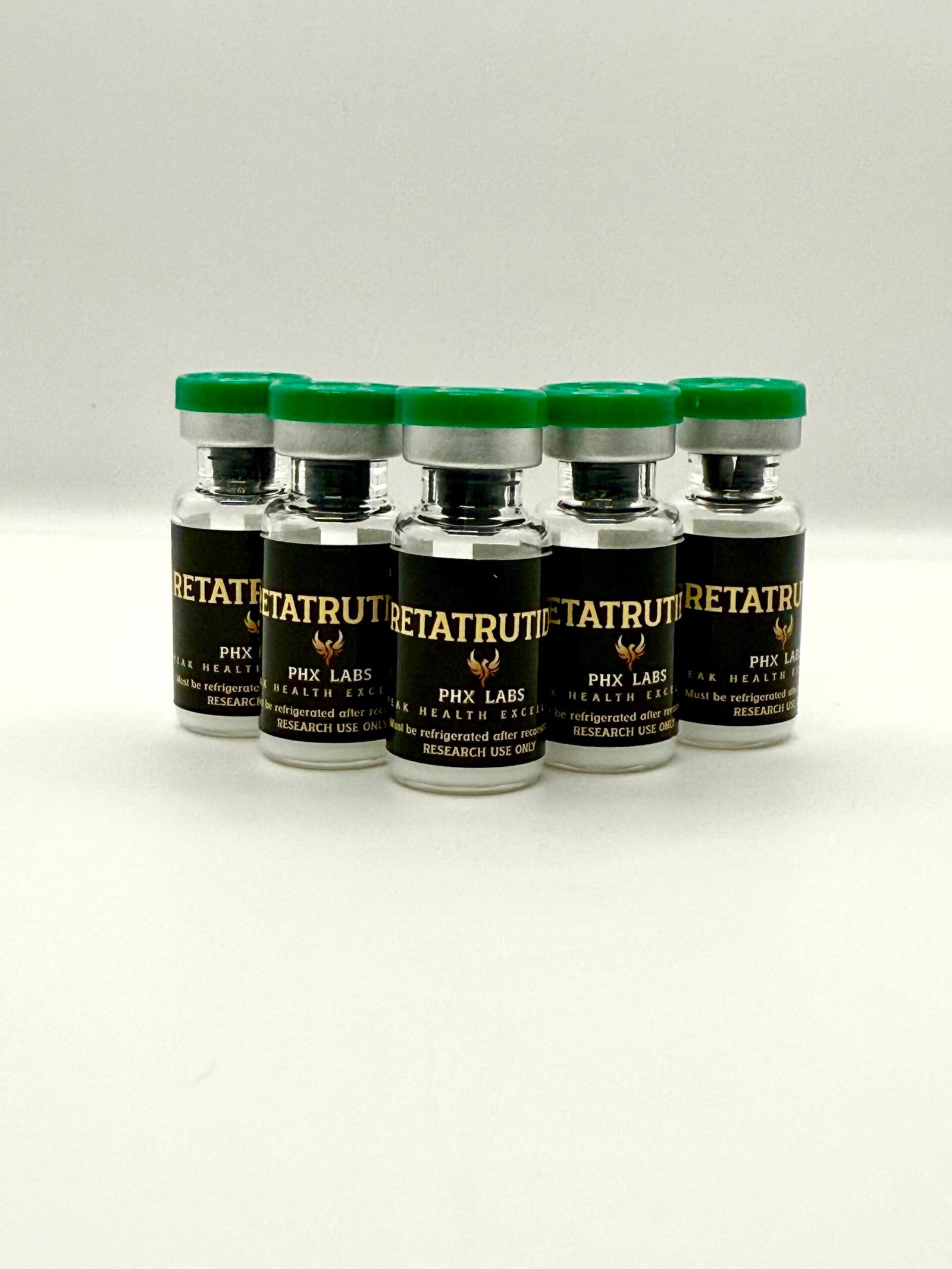
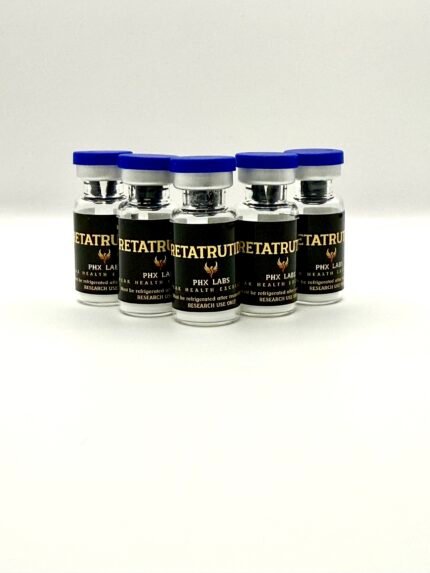
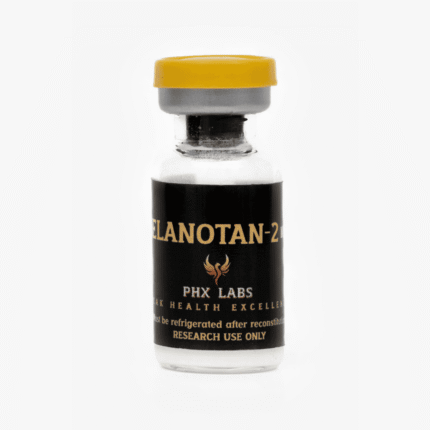
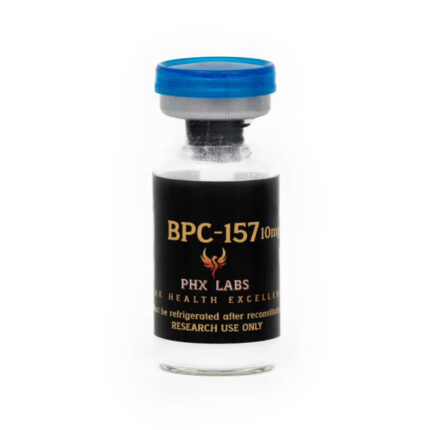
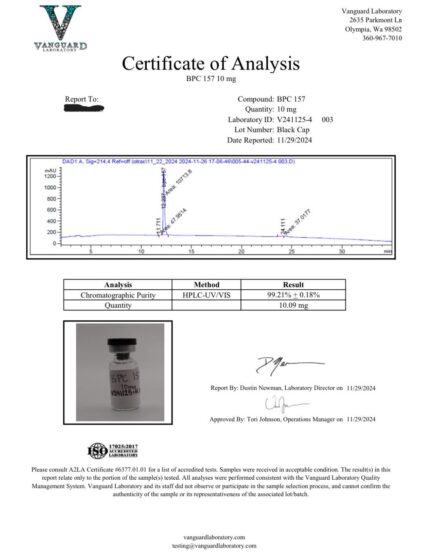
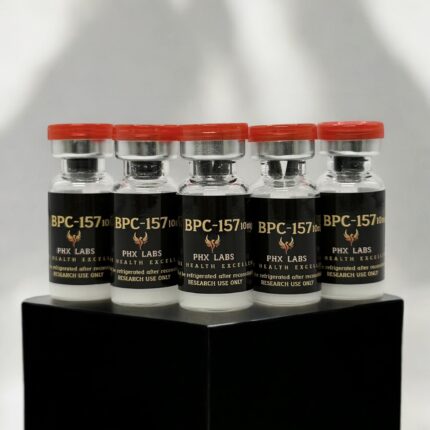
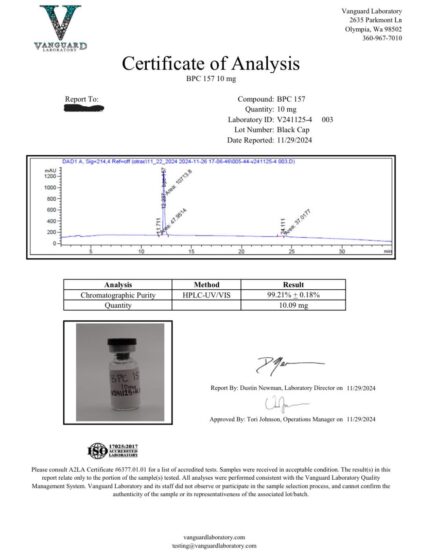

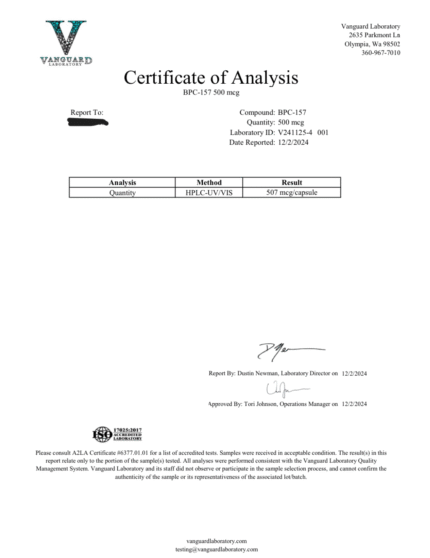
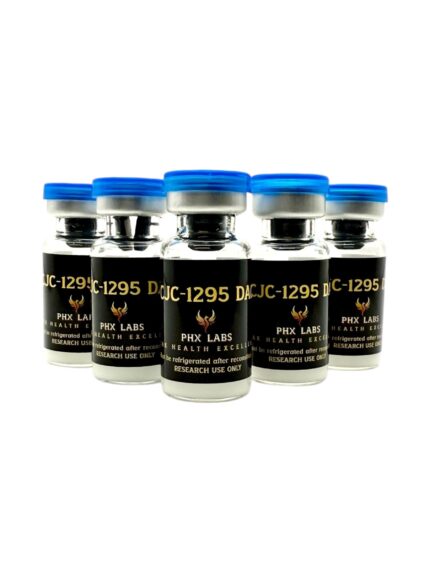
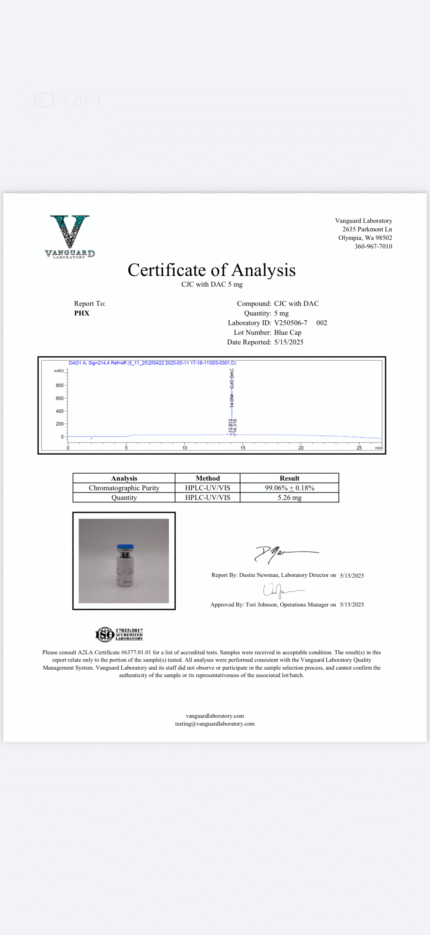
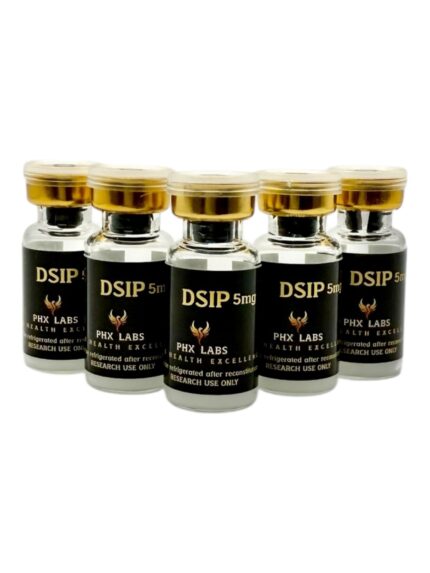
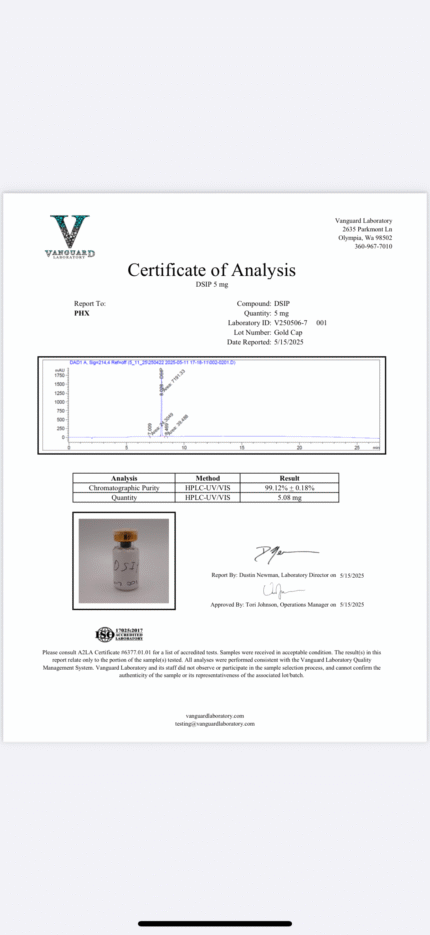
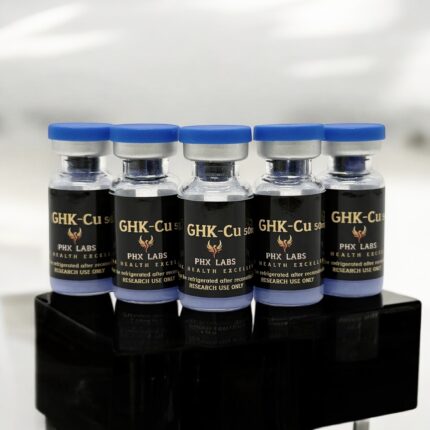

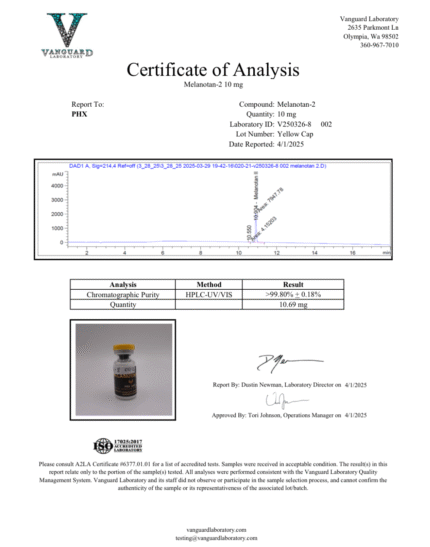
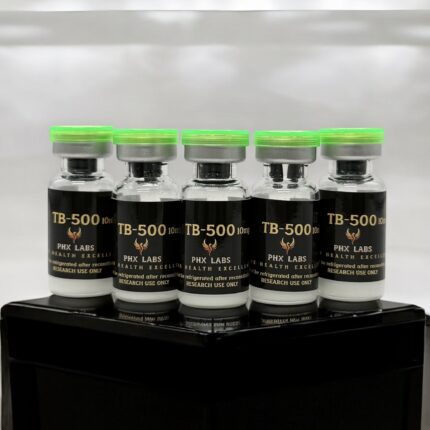

Reviews
There are no reviews yet.